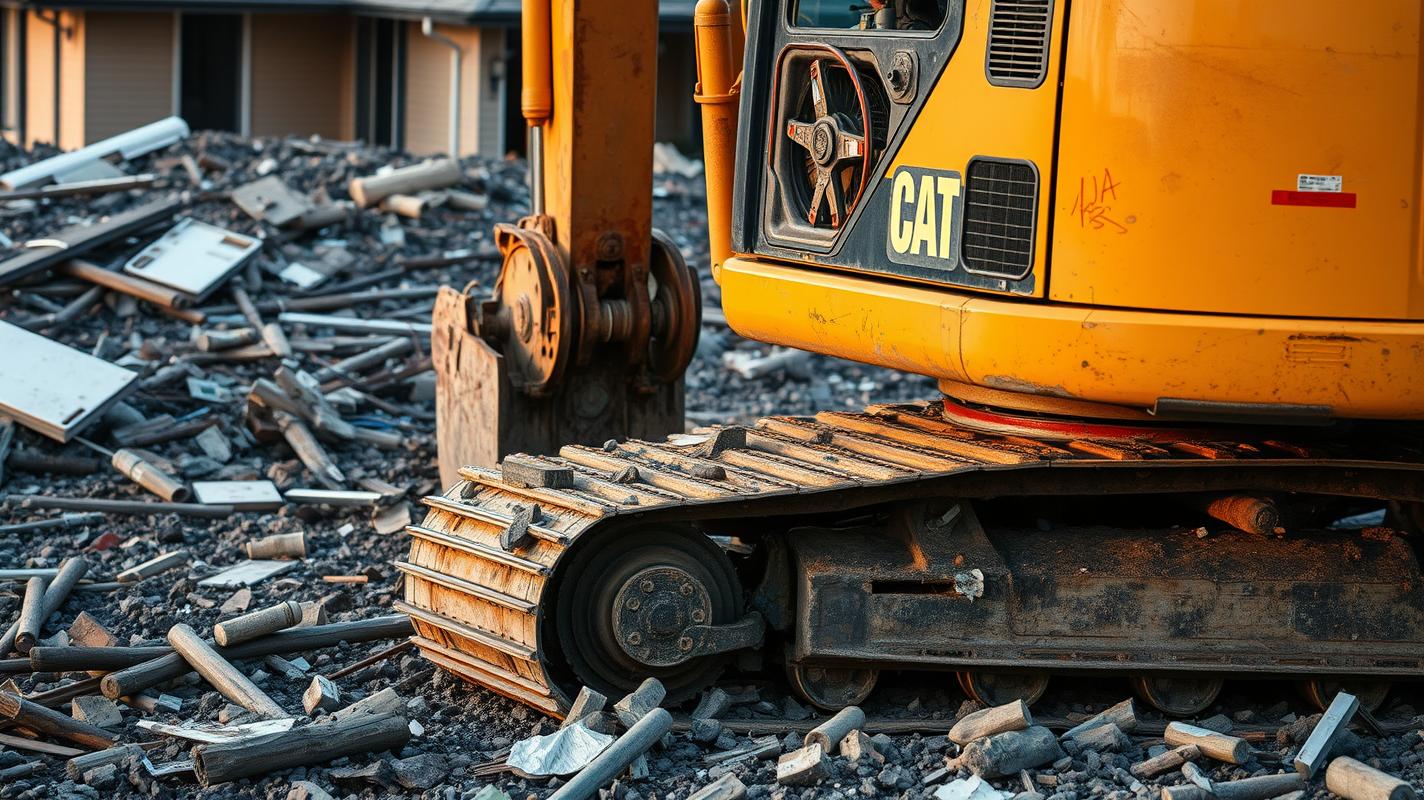In cities worldwide, skyscrapers, residential buildings, and historical structures often meet their end in a rapid and dramatic fashion: through controlled demolitions. But how do these massive structures crumble inward, rather than causing catastrophic collateral damage? It’s not just about applying brute force; there’s a lot of physics and engineering at play. Let’s dive into the engineering principles and the science behind building implosions.
1. Principle of Gravity
Gravity does most of the work. Once explosives sever the main supports of a structure, gravity pulls it straight down. This is the fundamental principle behind most demolitions, whether it’s a house demolition or larger structures.
2. Sequential Blasting
Timing is everything. Building implosions rely on sequential blasting, where charges are detonated in a specific order. This sequential process ensures the structure collapses inwardly, rather than exploding outward – essential for urban environments to prevent damage to neighboring structures.
We are experienced Demolition Company based in Melbourne, Victoria that offer top-tier demolition services all around Melbourne and across Victoria, Australia.
For all your Demolition needs contact us to GET FREE QUOTE NOW!
3. Structural Analysis
Know the building’s bones. Before any demolition, engineers conduct a thorough study of the original building plans and often do their own explorations. Understanding the primary load-bearing elements of a building is essential. If it’s a residential demolition, focus might be on the beams and columns holding up floors and walls.
![Excavators and Dump Trucks on Demolition Site [4]](https://www.goneandcleandemolition.com.au/wp-content/uploads/2025/07/Excavators-and-Dump-Trucks-on-Demolition-Site-4-1024x575.jpeg)
4. Explosive Choices
Different materials for different jobs. Engineers have a variety of explosives at their disposal. For building implosions, they often use dynamite or cutting charges that can slice through steel beams. The goal is to weaken the structure’s main supports, allowing gravity to complete the demolition.
5. Safety Considerations
Predicting the unpredictable. Dust, noise, and vibration are inevitable results of any demolition. Through computer models, engineers can predict how much dust a building implosion will produce, and how far it will travel. Likewise, they calculate vibration levels to ensure nearby structures remain safe.
6. Pre-weakening the Structure
Making it easier for the building to fall. Before any explosives are introduced, large parts of the building, especially in residential demolition, might be manually or mechanically removed. This includes tearing out walls, cutting steel supports, or removing floors. This pre-weakening process ensures the controlled demolition requires less explosive force and makes the fall more predictable.
7. Clean Up and Environmental Concerns
Beyond the fall. Part of the engineering principles for controlled demolitions involves post-fall considerations. How will debris be removed? How can recyclable materials be salvaged? Also, especially in older buildings, there might be harmful materials like asbestos. Proper care and containment strategies are essential for these materials.
Conclusion
Controlled demolitions are marvels of modern engineering. Whether it’s the demolition of a house or a skyscraper, these processes showcase the intricate dance between physics, engineering, and practical application. Next time you watch a building implosion, you’ll know there’s much more to the spectacle than just a cloud of dust – it’s the culmination of detailed planning, understanding of engineering principles, and respect for the laws of physics.

